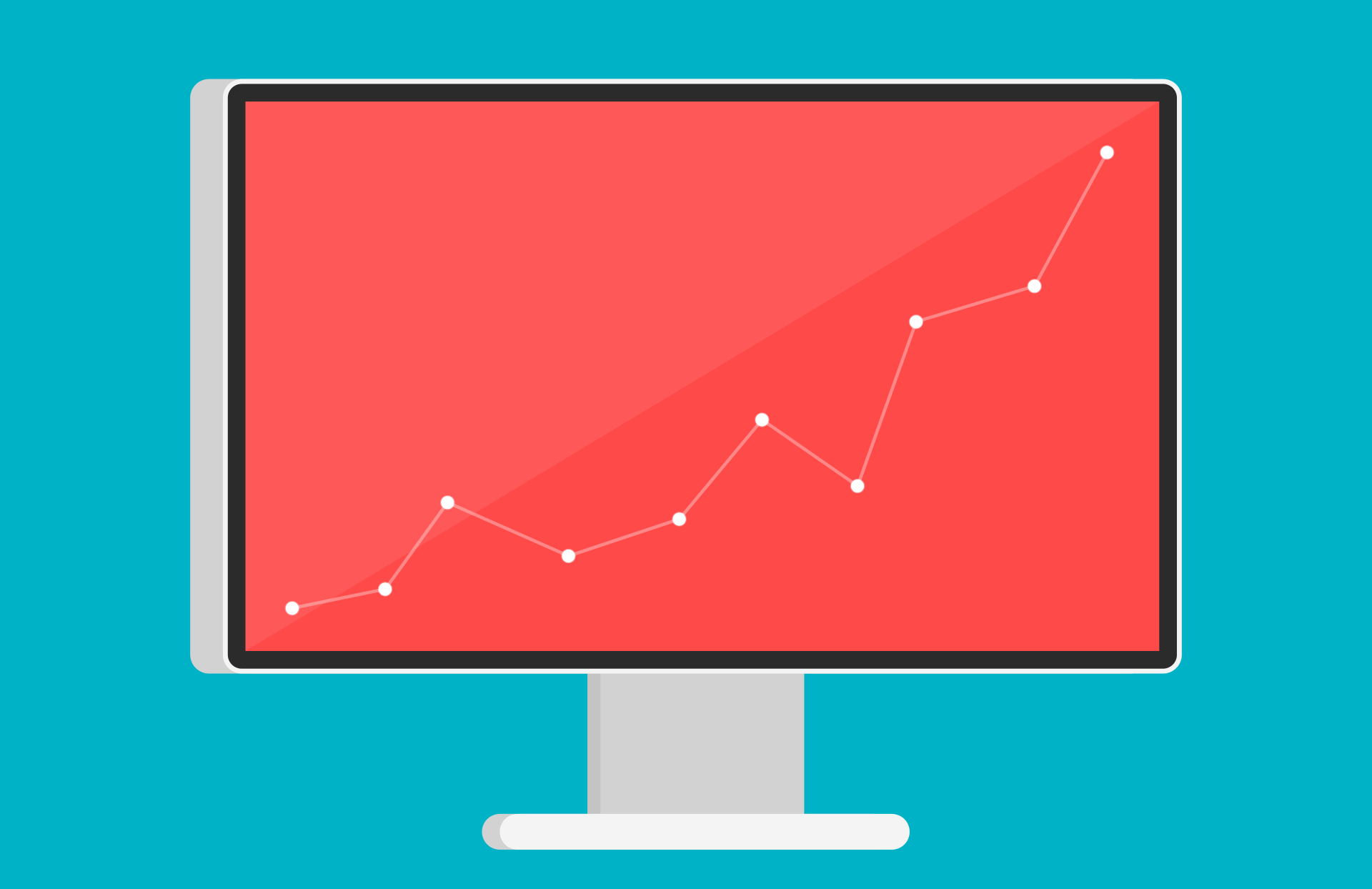So you’ve got a great idea for a business, and you have thought up a brilliant product for that business to sell. You have done your research, identified your target markets, and come up with an ideal customer profile. Maybe you even have started the wheels rolling on development, and you are on your way to dishing out a Minimum Viable Product (MVP). Business is good and things should be smooth sailing from here on out, right?
Now all you need is for customers to realize how amazing your product is and come rushing to buy!
Hold on, where are all the customers?
Unfortunately, your customers do not just magically appear out of nowhere. Building a growth strategy means building a plan for how you will acquire customers. The great thing about customers is they pay you for your product (or at least they should), and getting customers to pay for your product is one of the core reasons for why you created your business. You may have some great technology, but the reality is you built your product for others, not for yourself. You need to figure out how you are going to attract others to your product and grow your customer base. Determining a plan for growth and creating the assumptions for growth is called a Growth Hypothesis.
What is a Growth Hypothesis?
Eric Ries first pioneered the idea of the growth hypothesis in his book, The Lean Startup. By definition, a growth hypothesis “tests how new customers will discover a product or service”. Your growth hypothesis needs to explain your business’s strategy in obtaining and retaining customers, so it can eventually transform those customers into a sustainable source of cash flow.
Ries lays out three separate engines of growth for a startup to determine how customers are going to buy their product:
- The Sticky Engine of Growth. This concept is maintaining a greater organic customer growth rate than your customer churn. Basically, customers gained > customers lost, therefore net new customers increases.
- The Viral Engine of Growth. Here we have relying on existing customers and word of mouth to spread news of your product and essentially carry out your advertising for you.
- The Paid Engine of Growth. Lastly, we have paid advertising. TV commercials, billboards, magazine ads, etc. Enough said.
(More detail on growth drivers at https://sivers.org/book/LeanStartup)
A business can rely on any one, two, or even all three of these drivers when formulating their growth hypotheses. For your startup, however, it’s probably easiest to stick to the one engine that would yield the most potential for your business and worry about the others later. After doing some research, look at some companies in your industry and determine what they are doing right to grow their business.
Cool Growth Story: How Dropbox Hacked Growth to Become a $4 Billion Company
Another Cool Growth Story: Airbnb: The Growth Story You Didn’t Know
Once you have an idea of where you are headed with your growth hypothesis, you then need to decide on the most suitable revenue model for your type of business. Unless you have a truly new and disruptive business model, getting your customers to change their behavior in how they purchase is going to be a very challenging task.
The Right Revenue Model for Your Business
It is also essential to know how you are going to sell your product to your target market. Enter, the Revenue Model. While your growth hypothesis gives detail to gaining customers, your revenue model explains how to make money from them. Afterall, that’s the ultimate goal of your business, right?
It can be easy to get caught up in the numerous amounts of revenue models available to businesses, so let’s go through a few models that are fundamental to startups.
- Recurring. Also known as subscription-based, this model is where a customer pays for your product in installments (typically monthly or yearly) (e.g. Salesforce)
- Transactional. A one-time sale of goods or a service (e.g. Coffee Shop, Clothing Retailer)
- Project. A one-time project, typically completed over a specific time period (e.g. construction)
- Service. Services provided to a customer. The customer pays for time, expertise, material (e.g. Consulting, Lawyer)
- Freemium. Offered for free with additional features available for purchase (e.g. Dropbox, Free Trials)
- Advertisements. Selling adspace on fixed or digital media (e.g. Google)
- Marketplace. Platform to connect buyers and sellers (e.g. Ebay, Etsy)
See: Carnegie Mellon Center for Innovation and Entrepreneurship – Revenue Models
By no means is this list comprehensive, it is merely a starting point for you to begin visualizing your possible revenue streams. There are countless resources available for aiding you in developing your model if you are still unsure with how your company will derive its revenues.
Related: The 10 Most Popular Startup Revenue Models
Putting it all together in a Financial Model
You have your Growth Hypothesis. You have decided on the best-fitting Revenue Model. Now let’s figure out how to put it all together and lay out the groundwork for your business to start earning some actual money. At this point, most businesses would probably open up an Excel spreadsheet, and begin desperately attempting to forecast out their revenues based on their newly formulated hypothesis and model.
See our post: STOP CREATING FINANCIAL MODELS USING SPREADSHEETS!
Let’s face it, modeling out a long-term growth strategy in a spreadsheet is more trouble than it is worth, so most businesses just default to some nice round number like 5%. Yes, 5% growth looks nice… 5% per month looks even better! This seems like a masterful plan.
Unfortunately, this new growth strategy is rooted in a few very basic and flawed assumptions since properly modeling growth became too difficult in a spreadsheet. You know that your revenue model is more complex than a simple spreadsheet, and you have multiple strategies and tactics for how your business earns its revenue.
At Hivemetric, we understand your revenue model consists of multiple unique components. How you manage free trials, monthly vs annual subscribers, one-time setup fees, special promotions – these are variables that are incapable of being simulated over time on a spreadsheet. Hivemetric’s dynamic revenue modeling system can help you to forecast your revenue with the detail it needs to show how it can evolve into something much bigger if based on a strategic growth plan. Forecast upsell and cross-sell opportunities, model changes in staffing plans and the effect on revenue, and build various pricing scenarios to see the impact on your business. We do not want you to just model a single source of growth for your business, we want you to be able to provide a level of detail that was previously missing from you and your stakeholders. We want you to see the future the Hivemetric way.



